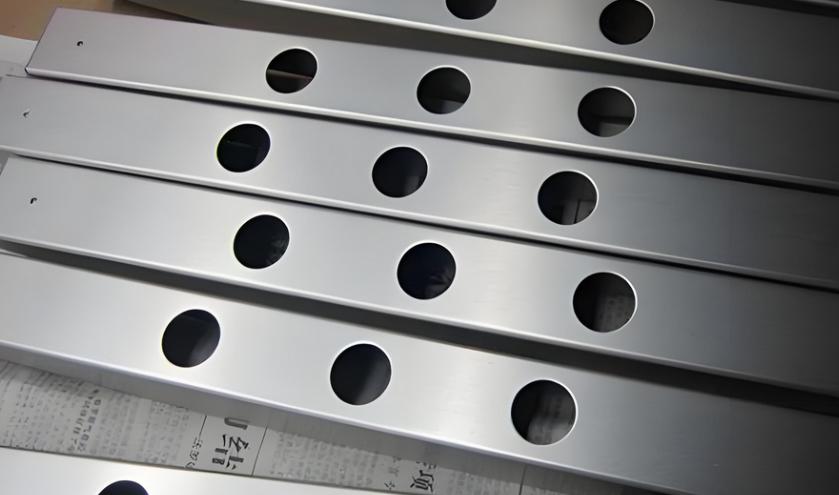
I. Applications of Conductive Oxidation in Aluminum Alloy Processing
Conductive oxidation, also known as anodic oxidation, is a process that forms a conductive oxide film on the surface of aluminum alloys. The conductive oxide film has excellent electrical conductivity and corrosion resistance, enhancing the electrical conductivity and corrosion resistance of aluminum alloys. In aluminum alloy processing, conductive oxidation is mainly used in the following areas:
1. Electronic products: Aluminum alloys are widely used in electronic products such as mobile phones, computers, and televisions. Conductive oxidation can improve the electrical conductivity of aluminum alloys, meeting the conductive needs of internal components in electronic products.
2. Electrical equipment: Aluminum alloys are also extensively used in electrical equipment like transformers and utility poles. Conductive oxidation can enhance the corrosion resistance of aluminum alloys, extending the service life of electrical equipment.
3. Automotive parts: With the rapid development of new energy vehicles, the use of aluminum alloys in the automotive industry is becoming more widespread. Conductive oxidation can improve the electrical conductivity and corrosion resistance of aluminum alloys, enhancing the performance and lifespan of automotive parts.
II. Applications of Anodizing in Aluminum Alloy Processing
Anodizing, also known as oxidation polishing, is a process that forms a uniform, dense oxide film on the surface of aluminum alloys. The anodized film exhibits excellent corrosion resistance, wear resistance, and aesthetic effects. In aluminum alloy processing, anodizing is mainly used in the following areas:
1. Building materials: Aluminum alloys have a wide range of applications in the construction industry, such as aluminum doors and windows, curtain walls, etc. Anodizing can improve the corrosion resistance and wear resistance of aluminum alloys, extending the service life of building materials.
2. Decorative items: Aluminum alloys are also widely used in the decorative item industry, such as aluminum furniture, lighting fixtures, etc. Anodizing can enhance the aesthetic appeal of aluminum alloys, improving the market competitiveness of products.
3. Medical devices: Aluminum alloys are also used in medical devices, such as surgical instruments, rehabilitation equipment, etc. Anodizing can improve the corrosion resistance and wear resistance of aluminum alloys, ensuring the performance and safety of medical devices.
In summary, conductive oxidation and anodizing processes have a wide range of applications in aluminum alloy processing. Conductive oxidation is mainly used to improve the electrical conductivity of aluminum alloys, while anodizing is primarily used to enhance their corrosion resistance, wear resistance, and aesthetic appeal. In practical applications, the appropriate process should be selected based on specific needs. Meanwhile, with the advancement of technology and increasing environmental requirements, conductive oxidation and anodizing processes will continue to be optimized and developed, providing more high-quality solutions for the aluminum alloy processing industry.





 Customer service 1
Customer service 1  Customer service 2
Customer service 2